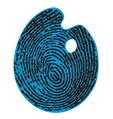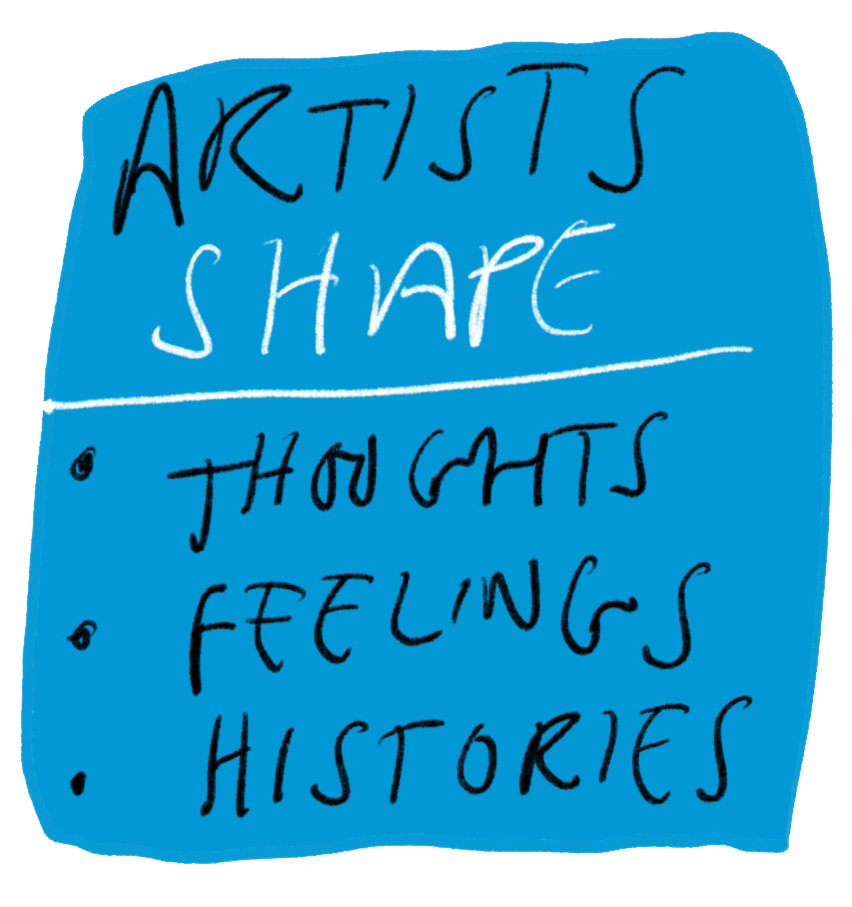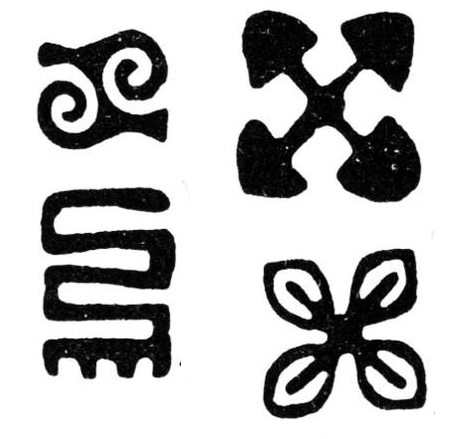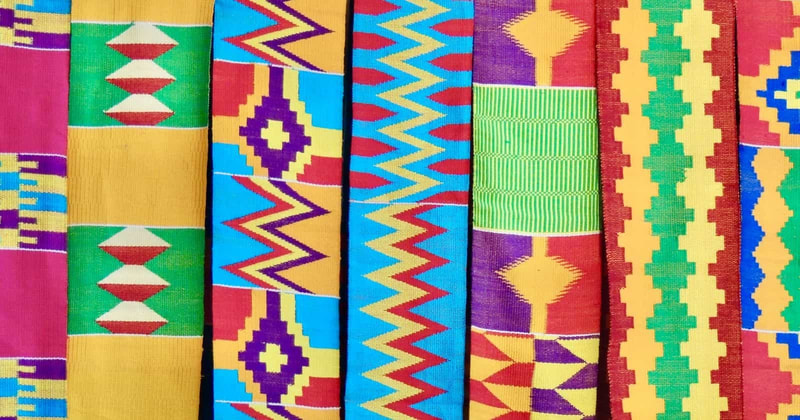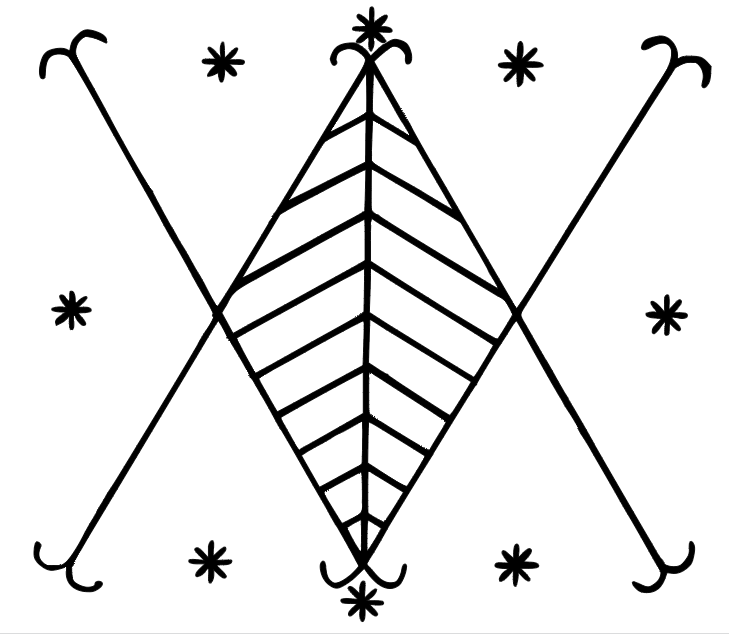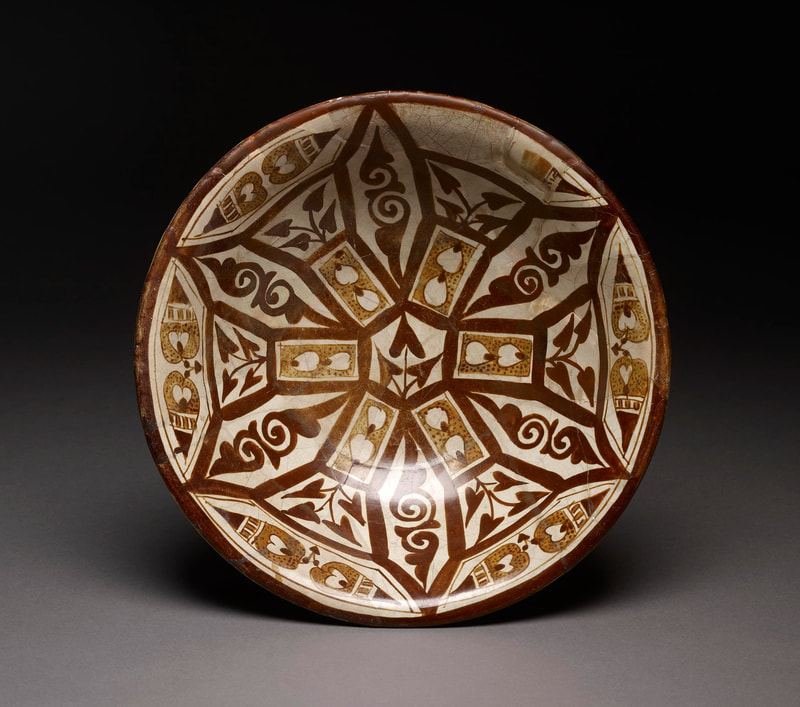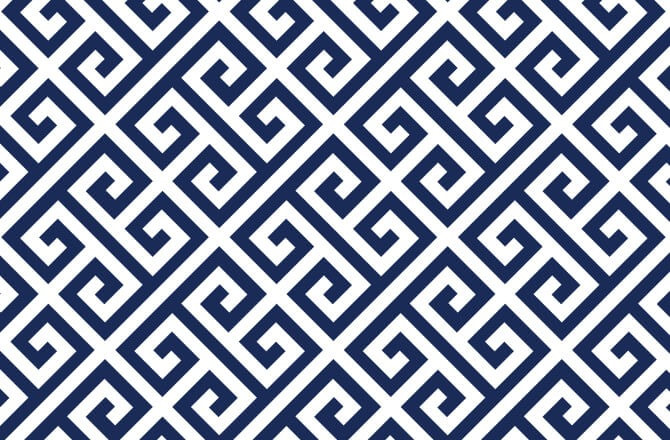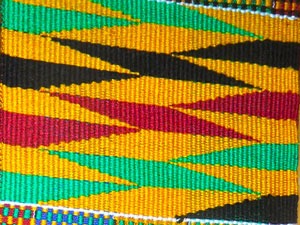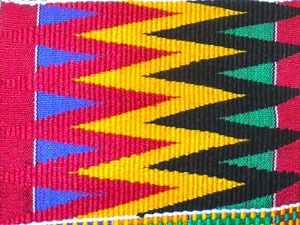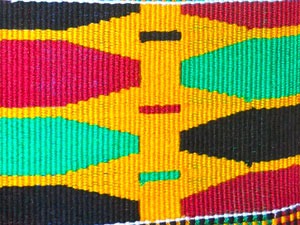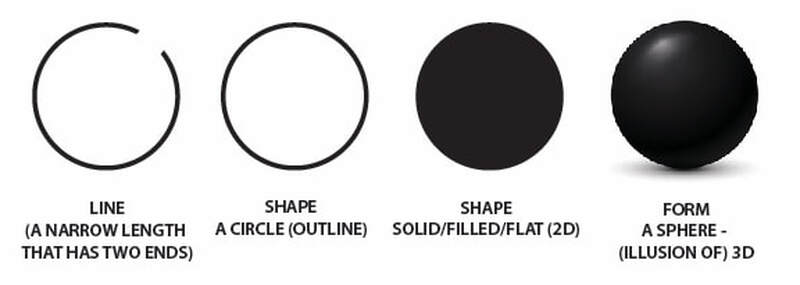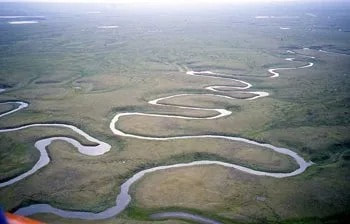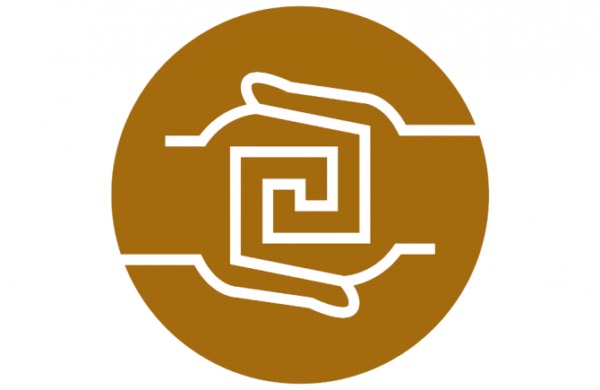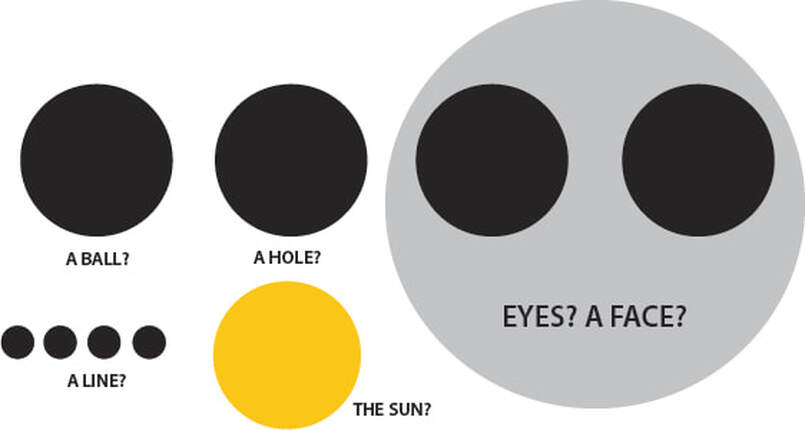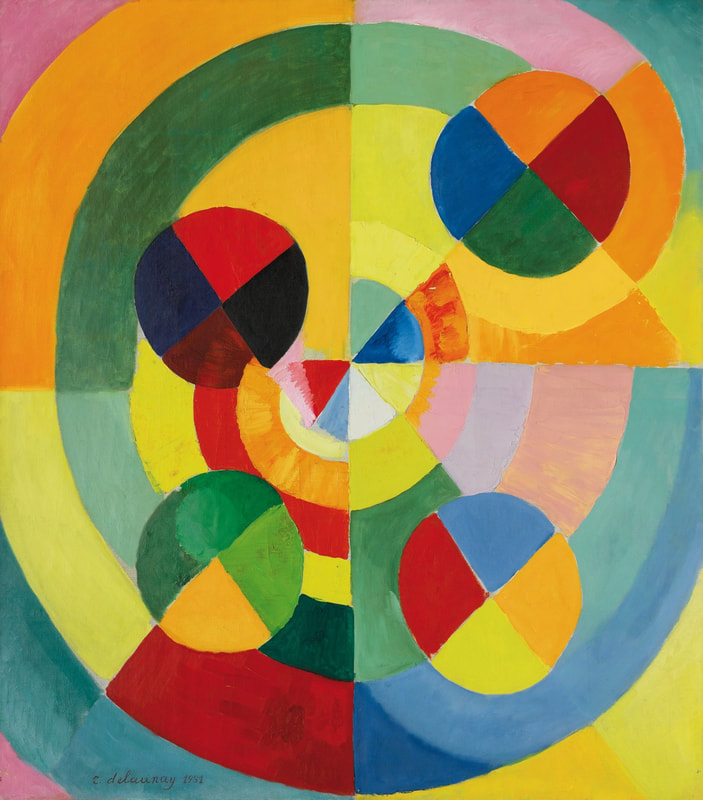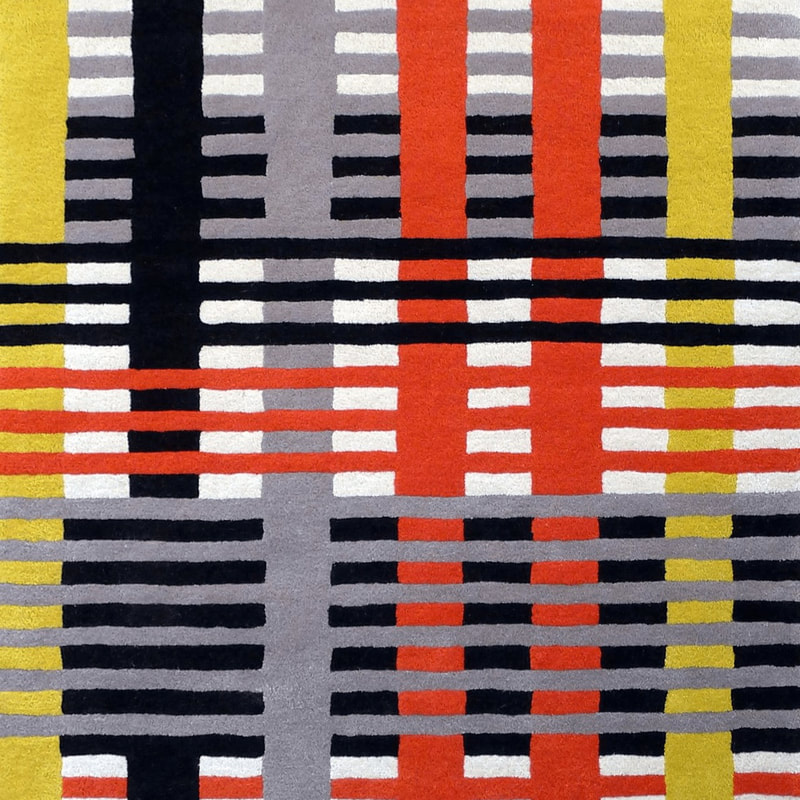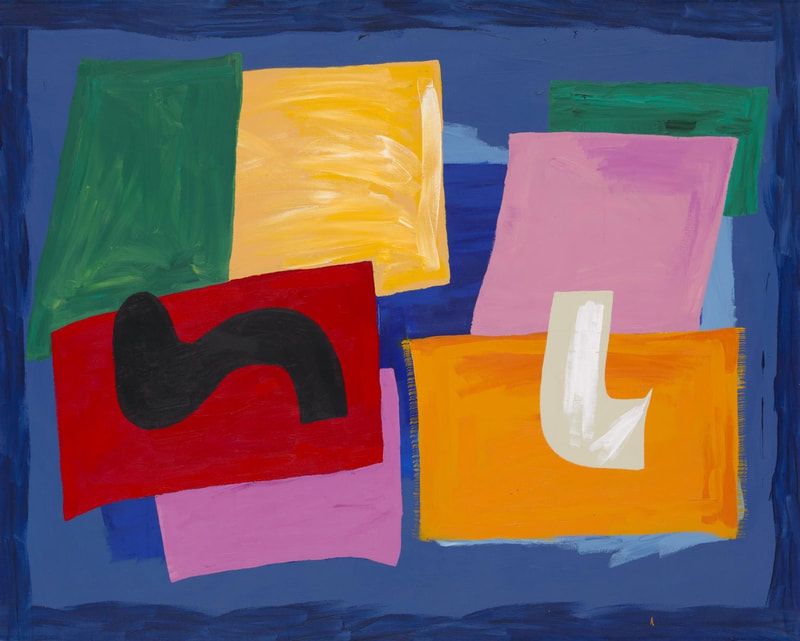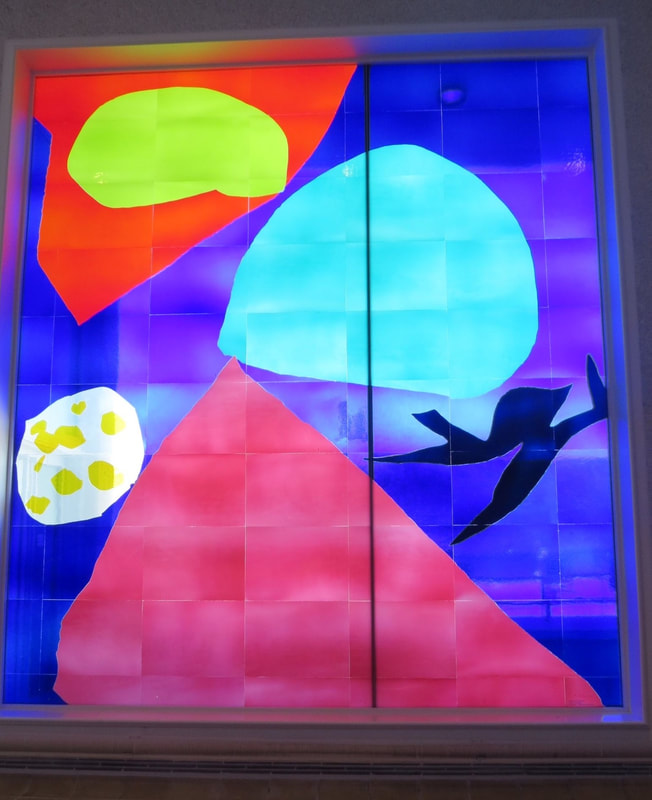PRIMARY RESOURCE
|
I found i could say things with colours and shapes that i couldn't say another way - things i had no words for. Georgia o'Keefe
IN PICTURES - SHAPES AND (HI)STORIES
Top row: Examples of Kente cloth and Adinkra designs and symbols from Ghana, West Africa.
Bottom row: A vevè - a West African symbol (representing Ayizan, a spirit); a 9th Century Islamic style bowl; an Ancient Greek 'Meander' pattern.
Bottom row: A vevè - a West African symbol (representing Ayizan, a spirit); a 9th Century Islamic style bowl; an Ancient Greek 'Meander' pattern.
- Look carefully at each of these examples above. How would you describe their various shapes, patterns and designs?
- Why do you think these various works were created?
- Is it possible to find clues, symbols or stories in these designs? (A symbol is something that can stand for or represent something else, for example a tick representing 'complete' or 'correct').
- Have a closer look at these three different Kente cloth designs. What words help to describe the designs and their differences?
Kente cloth patterns can have specific meanings that relate to the history and beliefs of the Ashanti people. The examples above are: Niata - a two-edged sword; Zigzag - Life is not a straight path; and Ohene Anewa - a king's eye, representing that the king sees everything.
According to legend, Kente cloth weaving was inspired by two farmers who encountered such a beautifully woven spider web that they recreated and presented the technique to their king. Some legends tell of the spider teaching the art of weaving to villagers.
Within the designs, colour also carries specific meaning. For example: Black represents spiritual strength and maturity; red symbolises blood, and political passion and strength; gold or yellow represents wealth and royalty; green means growth, harvest, and renewal.
According to legend, Kente cloth weaving was inspired by two farmers who encountered such a beautifully woven spider web that they recreated and presented the technique to their king. Some legends tell of the spider teaching the art of weaving to villagers.
Within the designs, colour also carries specific meaning. For example: Black represents spiritual strength and maturity; red symbolises blood, and political passion and strength; gold or yellow represents wealth and royalty; green means growth, harvest, and renewal.
|
|
ACTIVITIES
|
THINKING ABOUT SHAPE
What is a shape? Well, a shape might be described as the outline or boundary of an object, form or surface. Some shapes are very familiar to us. For example, circles, squares, triangles and rectangles. These can be described as geometric, regular or (often) symmetrical shapes. Irregular shapes are asymmetrical - this means they are not the same when divided in half. Irregular shapes can also be called freeform or organic shapes. In art we tend to describe shapes as flat or 2 dimensional. A drawn 3 dimensional shape that doesn't appear flat (such as a sphere, cone or cube) can be described as a form.
- Look at the illustration above to help think about these two questions below.
- When does a line become a shape?
- When/how does a shape begin to appear as a form - to look 3-dimensional?
SHAPES AS SYMBOLS AND REPRESENTATIONS
Even simple shapes can remind us of other things. Sometimes the same shape can represent very different things to different people. For example, the pattern on the left, above, is made from a reoccurring shape. It is a famous traditional Greek design called the 'meander' or 'meandros'. The word meander means to take an indirect path. Many people believe the shape and design represents the twisting and turning Maeander River in present-day Turkey. Others believe the pattern is inspired by a historic handshake that took place prior to ancient greek wrestling matches. Who knows? Well, it's a good example of how an abstract pattern can be interpreted in different ways over time.
Look at the diagram below to help you think more about shapes as symbols and representations. Note how the words influence how you interpret the shape.
Look at the diagram below to help you think more about shapes as symbols and representations. Note how the words influence how you interpret the shape.
POTENTIAL ACTIVITIES
- What else could a black circle represent? Draw and label your ideas.
- Look at the new shapes pictured below. Add a word to each shape to influence how others might 'read' this. What might a green circle represent? How about a blue square, a red triangle or a black rectangle?
- Recreate the individual shapes below (use coloured paper for this) and then ... add lines, marks and/or more shapes to these to convert them into something more recognisable. For example, how might you adapt a blue square to appear like a hat, a swimming pool or a box of toys.
- Combine all the shapes below into one picture or scene. What can you create with only these shapes that might be familiar and recognisable to others? A house with a tree beside it, for example.
- Use the shapes below to create an abstract image. Arrange them in a way that is not recognisable or clear, but might still be very pleasing to look at. This might be described as an abstract composition, design, or pattern.
- Repeatedly use one (or more) of the shapes below to create a large pattern or design. For example, you might use only circles, but lots of different sizes and colours.
ARTISTS AND ABSTRACTION
By Sonia Delaunay, Anni Albers, and Lubaina Himid.
Abstract art has existed throughout art history. This is evident in many different cultures and traditions. But in the early 20th Century, individual artists became increasingly interested in abstraction. Some artists, such as Anni Albers, were influenced by ancient art and crafts from countries and cultures outside of Europe. Other European artists, such as Sonia Delaunay were inspired by colours, music and new ideas that were closer to home. Lubaina Himid is a contemporary artist who is inspired by stories and histories. Her work often relates to Africa and African migrants. The example of her work above is titled 'Carpet'. Why do you think this artwork is called this? Is this artwork more or less abstract than the other two examples?
|
Look at this stained glass window designed by artist Patrick Heron for the Tate Gallery in St Ives. The gallery overlooks the beach. Patrick Heron used the location as inspiration for this abstract design.
POTENTIAL ACTIVITIES
|
ADDITIONAL READING
- Kente Cloth Khan Academy Resource
- The Carpet, by Lubaina Himid Tate Resource
- Who is Anni Albers? Tate Resource
